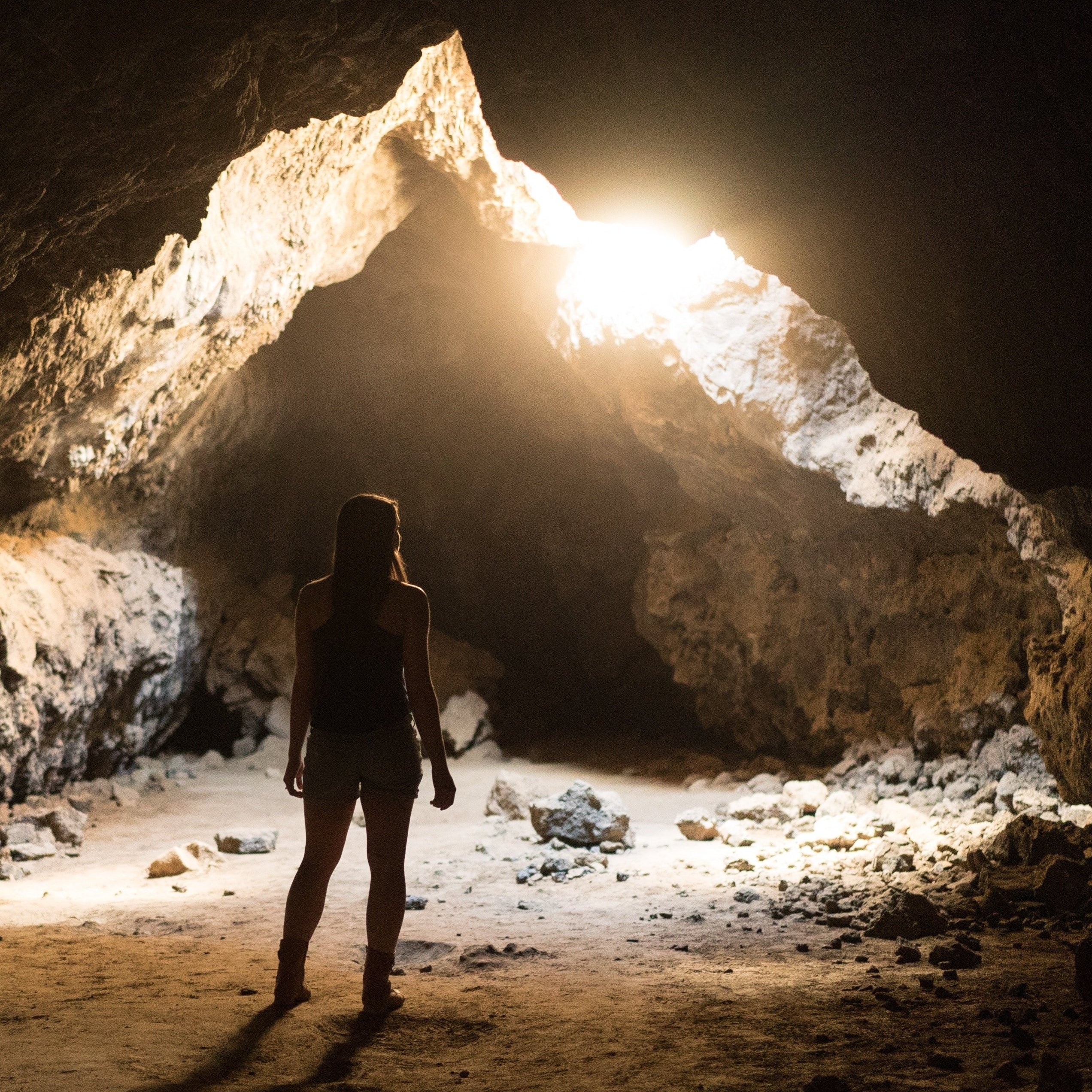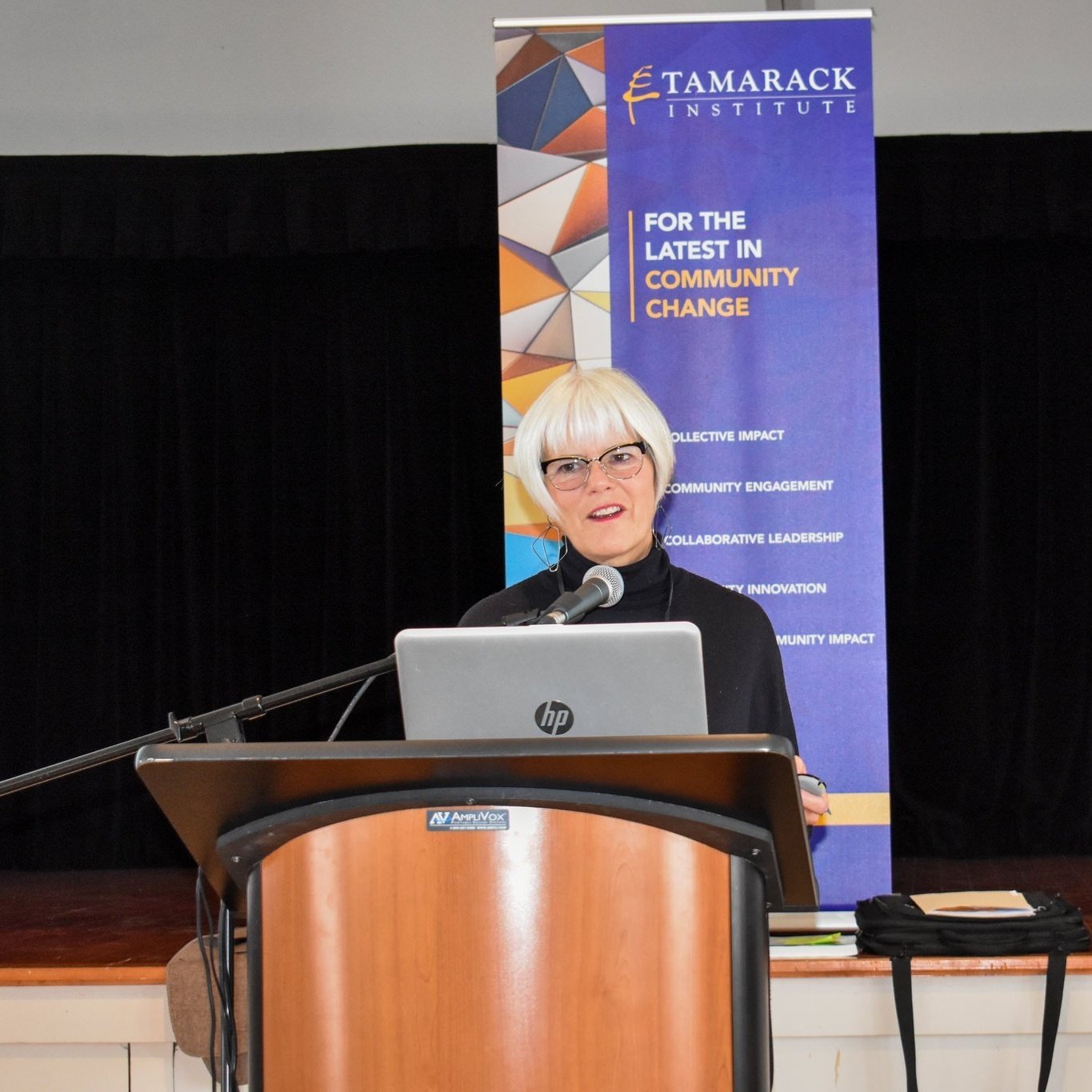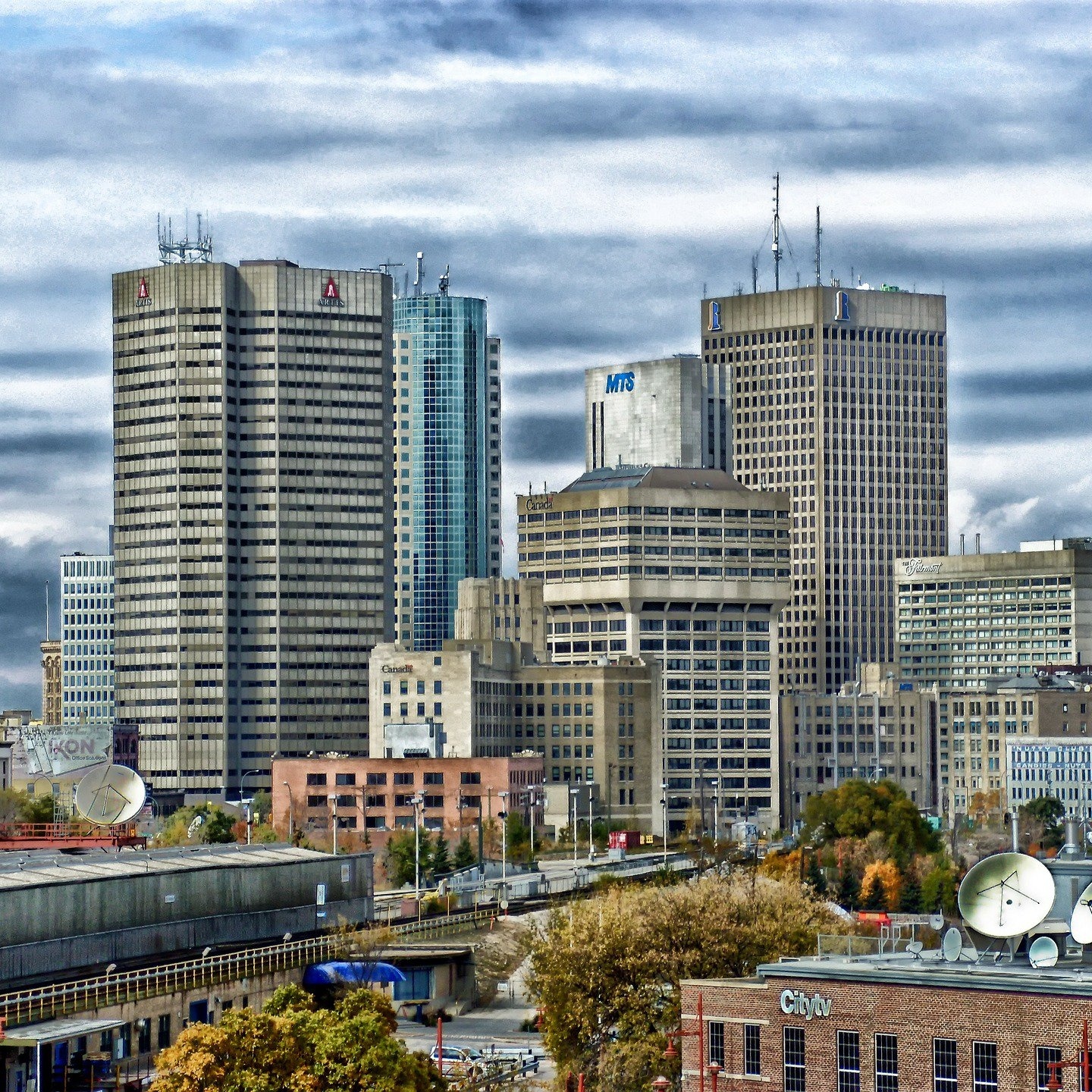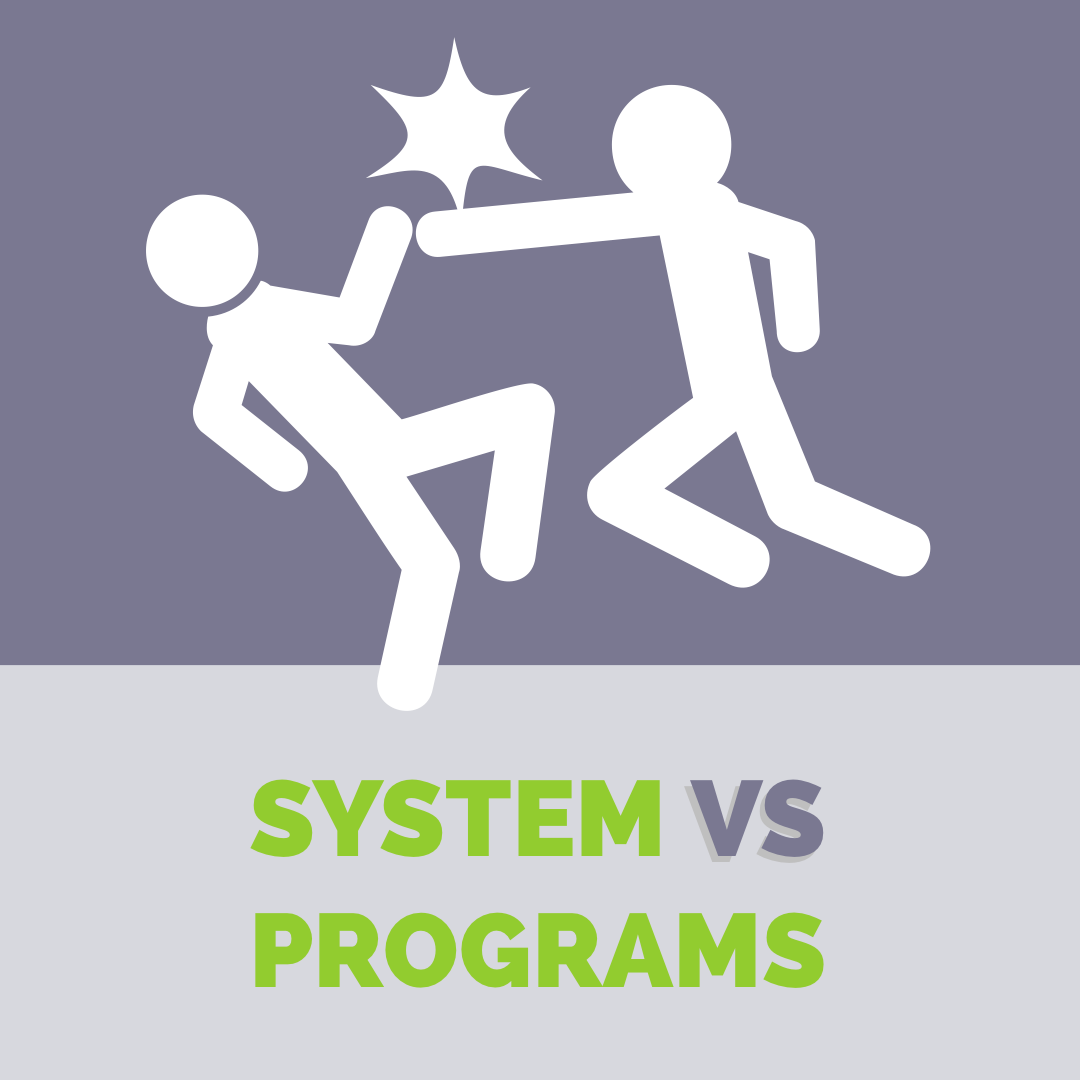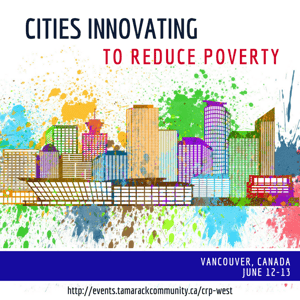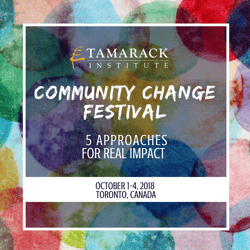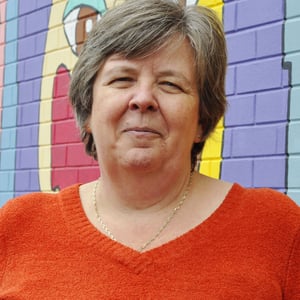Tamarack Institute | June Edition, 2018
In this Issue:
- Building your Practice of Authentic Community Engagement
- Social Innovation & Poverty Reduction in Vancouver's Downtown Eastside
- Innovating with Purpose: Part Two
- Extraordinary Exists Within the Ordinary - Uncovering Assets in your Community
- Lean into Adaptive Leadership
- The Latest from the Field
- Upcoming Events You Won't Want to Miss
 Building your Practice of Authentic Community Engagement
Building your Practice of Authentic Community Engagement
BY: SYLVIA CHEUY
Community change initiatives are often set against complex and systematic problems – problems that cannot be solved in isolation and without authentic support from community stakeholders.
My new paper Community Engagement: A Foundational Practice of Community takes a closer look at the practice of community engagement and its contribution to the work of community change. It confirms the value of engaging community stakeholders and those with first-hand experience of the issue being addressed; acknowledges the real tensions and challenges that arise when residents and organizations work together; and offers insights and tools for how these can be addressed. It also offers ideas and examples of how and why the nurturing of community ownership and leadership in any change effort is essential for its long-term sustainability and success.
My paper is the first in a series of papers being prepared in the lead-up to our upcoming Community Change Festival, that is being hosted in Toronto from October 1-4, 2018. The Community Change Festival welcomes practitioners from around the world to expand their skills and knowledge as they share and learn together with fellow changemakers. It offers a unique opportunity to deepen the effectiveness of your community change efforts with learning that is focused on the five interconnected practices of community change:
- Collective Impact
- Community Engagement
- Collaborative Leadership
- Community Innovation
- Evaluating Impact
Our experience has taught us that the most effective community change efforts braid together elements of each of the five practices. Over the summer and leading up to the Community Change Festival, Tamarack will be taking a focused look at each of the five practices and the connections between them. Follow along and join us at the Community Change Festival as we explore all of the tools you’ll need to accelerate your impact as a community changemaker.
Learn More:
- Read the paper Community Engagement: A Foundational Practice of Community Change
- Learn more and register for the Community Change Festival
- View a collection of essential Community Engagement resources
- Get in touch with Sylvia at Sylvia@tamarackcommunity.ca
Share this article:
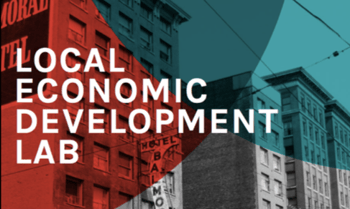 Social Innovation & Poverty Reduction in Vancouver's Downtown Eastside
Social Innovation & Poverty Reduction in Vancouver's Downtown Eastside
BY: KIRI BIRD
This year’s Cities Innovating to Reduce Poverty Western Summit will feature a workshop panel moderated by Kiri Bird, founder and Manager of the Local Economic Development Lab (LEDlab), and process designer and facilitator of Vancouver’s Community Economic Development (CED) strategy co-creation. The panel will bring together community leaders from the City of Vancouver, Exchange Inner City, EMBERS Eastside Works, and the Binners' Project.
In 2016, these community groups worked together on the co-creation of a Community Economic Development Strategy for Vancouver's Downtown Eastside (DTES), which was unanimously passed by its City Council. A year and a half later, the ideas generated through and alongside the DTES CED Strategy have been brought to life. The workshop session will address co-creation, resident leadership, and systems change in Vancouver’s Downtown Eastside, as the group reflects and dialogues on co-ownership and activation of City strategies in addressing complex community needs.
Eastside Works
Eastside Works is the flagship initiative of Vancouver’s CED Strategy that seeks to disrupt traditional employment service models. It is a safe and welcoming space that fills a gap around employment in Vancouver’s Downtown Eastside. The low-barrier income generation hub is operated from a City of Vancouver owned commercial property at 57 East Hastings St.
Eastside Works was developed following an extensive and authentic community consultation process that engaged over 80 residents, volunteers, and staff, and where more than 40 agencies and non-profit social enterprises crafted its vision. Its culture of collaboration has been retained throughout the project’s implementation and delivery. EMBERS, who acts as the curator for this project, connects community partners who share skills, knowledge, expertise and resources. Together, they ensure the success of Eastside Works by applying the power of collective action to reach shared goals.
Eastside Works helps individuals to find work regardless of where they are on the income generation continuum. Staff support clients to navigate the resources they need to earn income, for example by offering workshops and training, connecting them with job opportunities that suit individual needs and capacities, and supporting local entrepreneurs to sell their products.
Its innovative design brings the excellent work already being done in the community together under one roof. It takes a business approach to tackling complex problems and harnesses the vast amount of local knowledge and expertise available to meet community needs. Eastside Works is based on the principles of collaboration and inclusion, which are applied by a wide range of partnering agencies, businesses and residents. Overall, it provides a valuable community service by supporting its clients to meet basic needs, improve skills, and become more involved in their communities.
Learn more:
- Last chance to join us at the Cities Innovating to Reduce Poverty summit next week!
- Check out the Case Study: Social innovation and healthy communities in Vancouver
- Take a look at the Downtown Eastside Community Economic Development Strategy Phase II
- Learn more about the Local Economic Development Lab
- Explore the EMBERS and Eastside Works websites as well as the Binners Project
Share this article:
 Innovating with Purpose: Part Two
Innovating with Purpose: Part Two
BY: GALEN MACLUSKY
We all seek to innovate for different reasons. Sometimes it’s that we feel the world is changing and we risk being left behind. Sometimes it’s because the issue we’re working to address hasn’t gone away, has gotten worse, or has changed. Sometimes it’s because we simply feel that we must.
In April’s edition of Engage! I challenged us all to reflect on the reasons why we seek to innovate. Our motivations have a powerful effect on the work that actually gets done, and with innovation being as popular and undefined as it is, it is easy to lose sight of why exactly we want new ways of thinking and acting.
I’ve come across three consistent reasons that people, organizations, and communities engage in the process of innovation – in the process of introducing new ways of working, new ways of viewing our problems, and new tools to address our social challenges. What is most striking is that each of these driving reasons has their own unique blind spots that can undermine our efforts if left unchecked.
One of the primary reasons people seek to innovate is a persistent social issue. Being frustrated that homelessness, poverty, climate change, income inequality, and so on, still proliferate today is a compelling reason to want to work differently. But, before you dive in, do you actually understand what matters to those affected by the issue, or do you only think that you understand? Do you know what the right points to change are, and do you have the right people in place to change them? Not thinking critically and acting upon these questions can lead to failed initiatives and perpetuating the marginalization of our communities’ most vulnerable members.
Perhaps instead, you’re innovating to stay ahead, or to stay afloat. The times are ever-changing and we all feel the need to stay current to keep up. But, will this take us away from the impact that we hope to make? How much are we willing to compromise? and, counter to the drive to innovate, what shouldn’t we change about ourselves and our communities? What is strong that we should stand by?
Exploring our purpose for seeking innovation not only helps guide our efforts, it also clarifies the basic assumptions that we make about our communities – assumptions that may or may not be true. With that in mind, what drives you?
Learn More:
- Learn more about the reasons communities seek innovation and how you can challenge blind spots in my new article - Lifting the Blinders on Innovation
- Start at the beginning by exploring the need for innovating with purpose
- Get in touch with Galen at galen@tamarackcommunity.ca
Share this article:
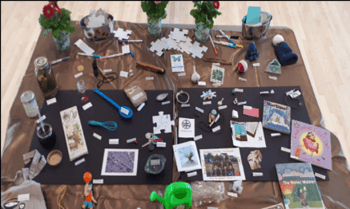 Extraordinary Exists Within the Ordinary - Uncovering Assets in your Community
Extraordinary Exists Within the Ordinary - Uncovering Assets in your Community
BY: HEATHER KEAM
From April 17-19, Cities Deepening Community held an Asset-Based Community Development workshop in Kitchener, Ontario with John McKnight, Cormac Russell, Donna Thomson and nearly 200 community changemakers. You can imagine there was a lot of learning to absorb! We have done our best to sum up our primary aha's! into a few takeaways.
We are also keen to keep the learning going and have highlighted, at the bottom of this post, some upcoming opportunities that will be valuable for those of you invested in making positive change in your neighbourhoods.
John McKnight’s keynote takeaways
- To learn how to keep people healthy, we need to ask people what they think they can do to be healthy in their own space. Find out and start with what people think about health, rather than what we know about health. People care about different things and are more likely to act upon what is meaningful to them.
- Associations are the mechanisms of our social relations – the product of people coming together. There is a growing body of evidence of the relationship between social connections and health. For instance, joining just one group, will extend a person’s life by five years.
- Associations are waiting for institutions to come as a precipitator or inviter rather than an expert or service provider.
Cormac Russel's keynote takeaways:
- Crossroads - Cormac likened taking action to or for people to the charity model, where we try to rescue those who are less fortunate. Even doing with people can be harmful and he suggested that there is a fourth way: doing by. This is showing up in a way that is not supportive or directive, but where we enable people and communities to help themselves.
- Discovery not delivery - Instead of working on determining a model for delivery, those of us working within institutions should let go of our agendas for a while and start a conversation about what we need to discover.
- Start with what’s strong, not what’s wrong - Is the glass half empty or half full? Trick question - it’s both! Cormac reframed this age-old question, as: Where we are going to start the conversation? We tend to begin engaging people by asking them what they are miserable about, often in the form of a needs assessment. If we want change, we’ve got to change the conversation.
Donna Thomson's keynote takeaways:
- Introduced her family - Donna's son Nicholas was born with severe cerebral palsy and has complex medical needs. For years, belonging was difficult – it was an ad hoc thing. They fell apart from their community even though they were living in it.
- She had a revelation - Donna discovered Amartya Sen's Capability Approach: A good life should not be based on an individual's economic advantages alone, but on their choices and capabilities to live that good life. We need to ask people what kind of life they value. We are NOT a society of equals.
- She discovered that the extraordinary exists within the ordinary – The choices we make in circumstances of adversity can spell the difference between fulfillment and misery. Where some may see limitations, Nicholas sees possibility. He can look at his assets and leverage them to live a good life.
Asset Mapping
This event was as inspirational as it was informative. We heard from six ‘ABCD in action’ participants from across Canada and learned how they are implementing ABCD in their community. We also experienced asset mapping in action. Asset maps are used in lieu of needs maps which focus solely on negative aspects of communities. Asset maps focus on a community’s assets, abilities, skills, and strengths to build its future. We asked participants to bring a token along with them to represent a personal asset. It was inspiring to see the breadth and depth of gifts existing in our workshop space alone. In the room, we discovered:
- Connectors and Facilitators
- People good with children and/or consider their family their primary gift
- People connected with the land
- Growers and harvesters of the land
- Cookers and Bakers, even Picklers
- Travelers and Orienters
- Sport lovers
I encourage you to visit the ABCD Canada website to learn more about asset mapping. You will also find the link to sign up for our NEW ABCD Community of Practice, and in coming months, a series of learning blogs authored by John McKnight.
Now, I challenge you to keep the conversation going about Asset-Based Community Development and try one or two tools to help you discover assets in your own neighbourhood, community or workplace.
Learn more
- Using Asset Mapping for Asset-Based Community Development
- Asset-Based Community Development Canada website
- Sign up for the NEW ABCD Community of Practice
- Learn more about John McKnight
- Learn more about Cormac Russell
- Donna’s Book: The Four Walls of My Freedom and Donna’s Blog: The Caregivers’ Living Room
Share this article:
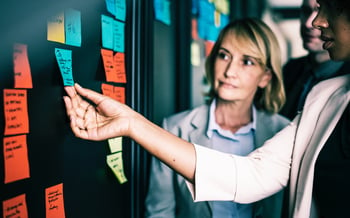 Lean into Adaptive Leadership
Lean into Adaptive Leadership
BY: LIZ WEAVER
Many of us shy away from using the power that we have, often to our own and our community’s detriment. This was one of the nuggets of wisdom shared with the participants attending Tamarack's Adaptive Leadership Masterclass series that took us to five cities across Canada and wrapped up just last week. Liz Skelton, Co-Founder of Collaboration for Impact shared a story about working with Indigenous leaders in Australia. It was there that she discovered that leaning into her formal and informal power could be used to help the collaborative group drive change forward.
There are four types of power which we can access. Positional and social power are more formal, we gain these through an earned position or we are born into this status. Personal and spiritual power are informal and reside in our essence.
- Positional Power: Power that comes from a position within a specific system
- Social (or unearned) Power: Power that we are born with or into
- Personal Power: Power that comes from life experience
- Spiritual Power: Power that comes from being connected to something greater
In adaptive leadership, we need to learn to balance the ingredients of leadership, authority and power to move forward complex community challenges. There are times when we need to exercise our authority, especially if an issue is stuck and other times when stepping back in our leadership might be required. This interplay of leadership, authority and power requires us to use our adaptive capacity, to be both engaged in the work, but also to watch how the work is unfolding so that we can see the patterns that are emerging. Heifetz, Grashow and Linsky, in their book, The Practice of Adaptive Leadership describe this as being both on the dance floor and on the balcony. Adaptive leadership requires both.
Tackling complex issues is challenging. Liz Skelton identified that systems are ‘ruthless recruiters of the status quo’. Systems don’t easily embrace change. If we look at ourselves as human systems, many of us eat the same food, drive the same routes to work each day, wear the same clothes, and repeat these patterns for 80% of what we do. To disrupt systems, we first have to disrupt our selves. We have to lean into our adaptive capacity and build our leadership muscle. Liz Skelton helped us understand that adaptive change is possible, but only if we begin with ourselves.
To learn more about adaptive leadership:
- Explore our curated Adaptive Leadership page with key resources from our recent exploration into this topic
- Learn more about Collaboration for Impact
- Watch the Adaptive Leadership in a Changing World webinar Liz and I did together
- Register for the 2018 Community Change Festival where we will explore the competencies required for collaborative and adaptive leadership. Learn more and register here.
Share this article:
FEEDING THE LIGHT
By: Deb Halliday
Read the Post
(DIS)ABILITY AND "ENOUGH ALREADY"
By: Angela Pollack
Read the Post
BASIC INCOME RE-EMERGING AS A MEANS OF ADDRESSING POVERTY
By: Justin Williams
Read the Post
BEARING WITNESS
By: Liz Weaver
Read the Post
WHAT WILL YOU STOP DOING?
By: Galen MacLusky
Read the Post
SYSTEMS & PROGRAMS: MOVING FROM ENEMIES TO FRIENDS
By: Lauren Gase
Read the Post
Cities Innovating to Reduce Poverty
June 12-13, 2018
Vancouver, BC
We are at a unique moment in history in which Cities, Provinces and our Federal government are all converging with independent, and yet interrelated, poverty reduction strategies. This gathering seeks to harness this distinctive synergy and facilitate learning and dialogue toward innovative solutions.
Join us to hear from fabulous speakers, participate in experiential city tours, and work together through interactive workshops in one of the most beautiful cities in the world. Together, we will celebrate our successes and will co-generate impactful solutions to eliminating poverty nationwide.
Community Change Festival
October 1-4, 2018
Toronto, ON
The Community Change Festival will bring together over 250 community changemakers to celebrate and build capacity around five interconnected practices vital to making real impact on complex challenges – Collective Impact, Community Engagement, Collaborative Leadership, Community Innovation, and Evaluating Impact.
Through immersive city learning experiences, tool sessions, impact accelerators, community provocateurs, art showcases and more, this three and a half day gathering will provide you with the skills and connections to move from ideas, to practice, to impact.
Turf, Trust & Collaboration: Practical Tools for Building Trust
Ottawa, ON - June 25 | Kingston, ON - June 26
This interactive workshop focuses on the core leadership competency of trust building, and will equip you with ideas, tools and approaches to effectively engage diverse community partners and intentionally build trusting relationships and collaborative impact.
Getting to Impact: Lessons Learned From Vibrant Communities
Speakers: Mark Cabaj and Paul Born
Date: June 7, 2018 | 1:00 - 2:00 p.m. ET
Building Community Into Neighbourhoods
Speakers: Jim Diers and Paul Born
Date: June 21, 2018 | 12:00 - 1:00 p.m. ET
Human-Centred Design, Design Thinking and Community Change
